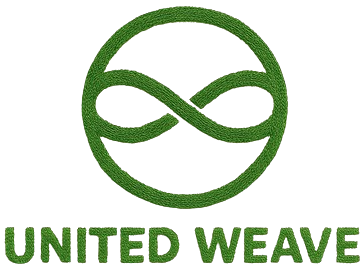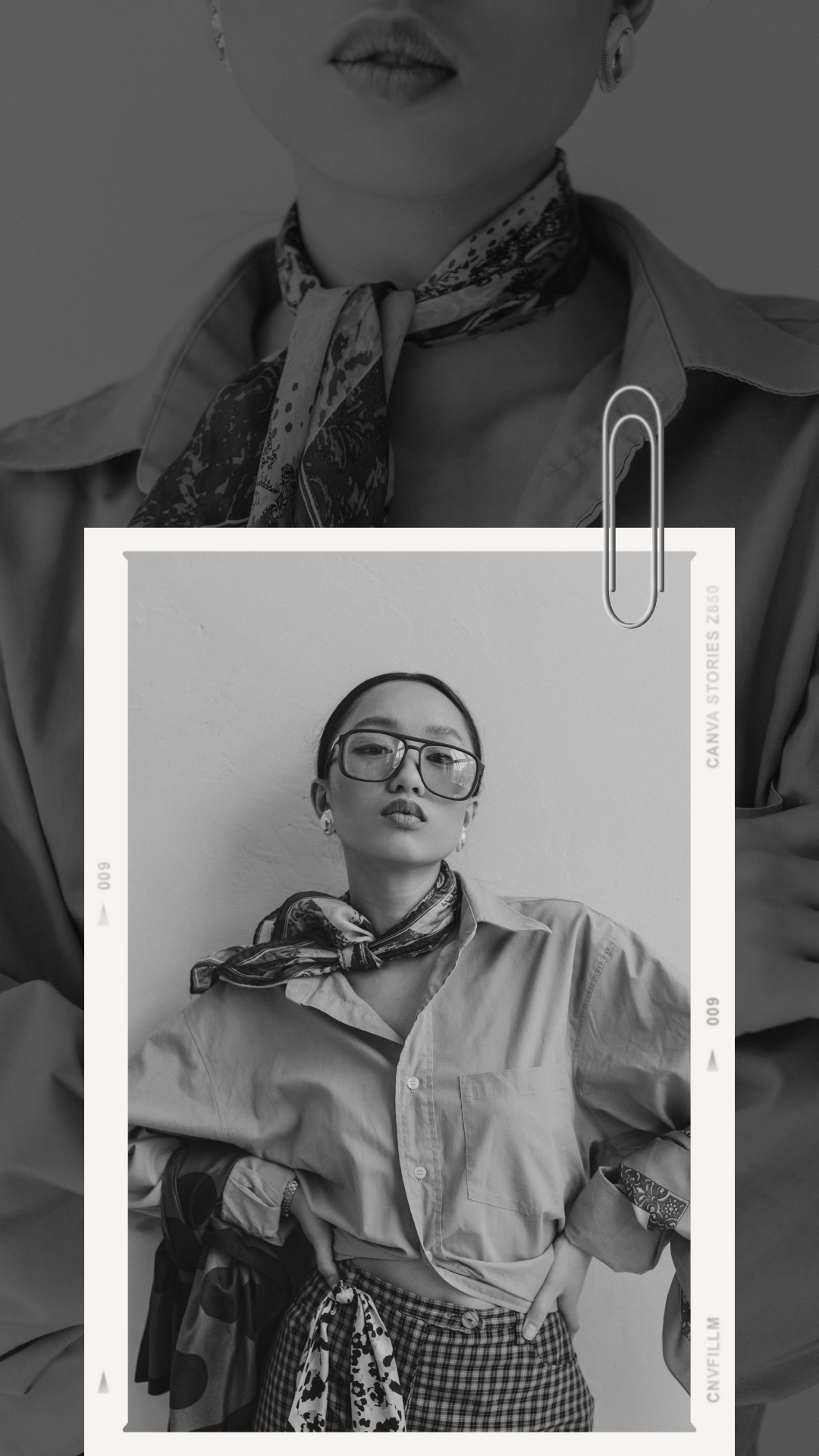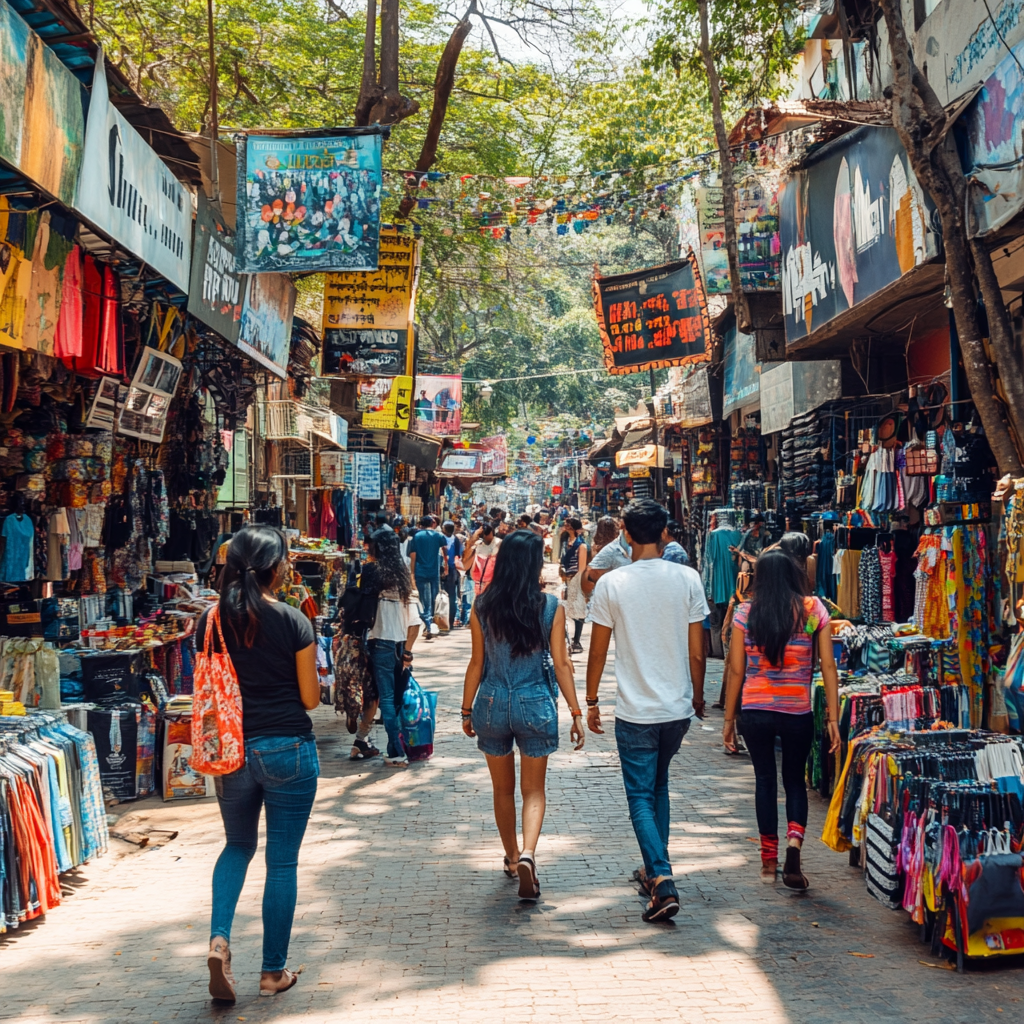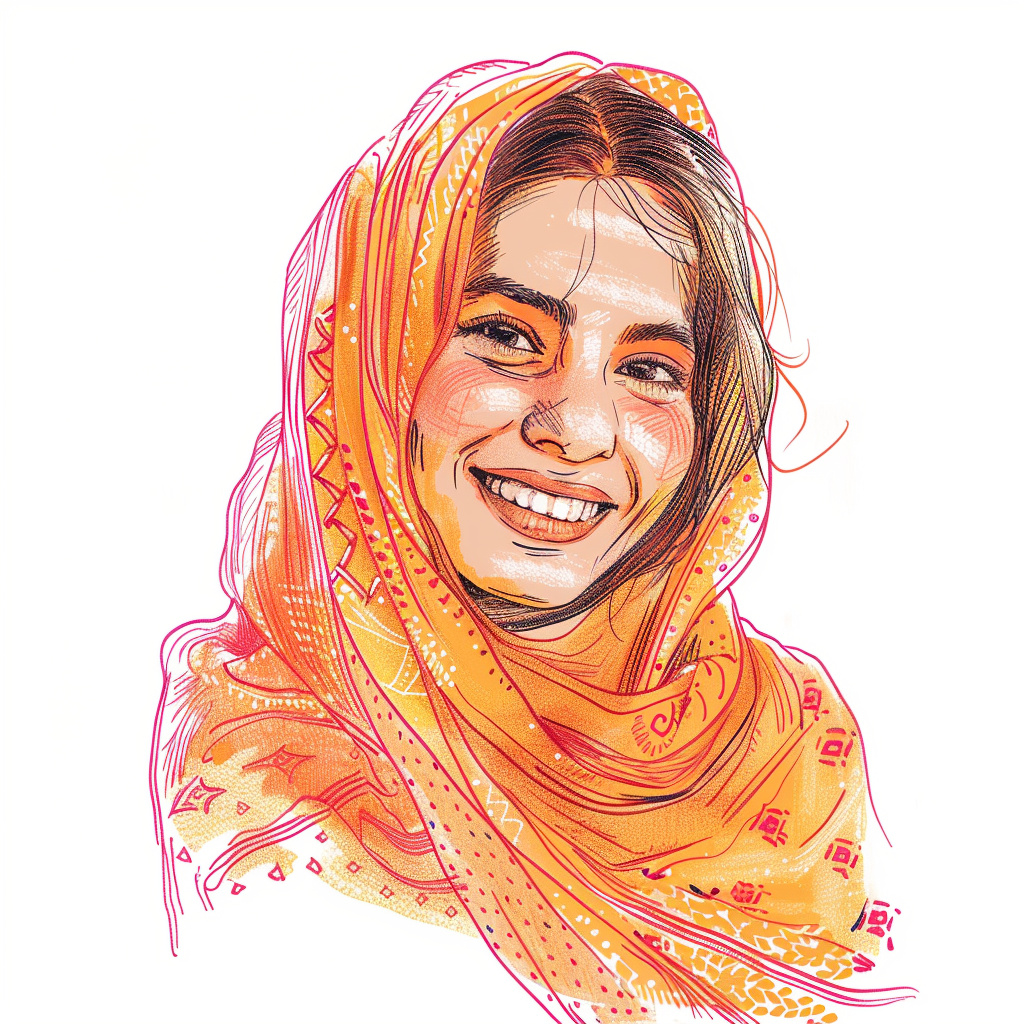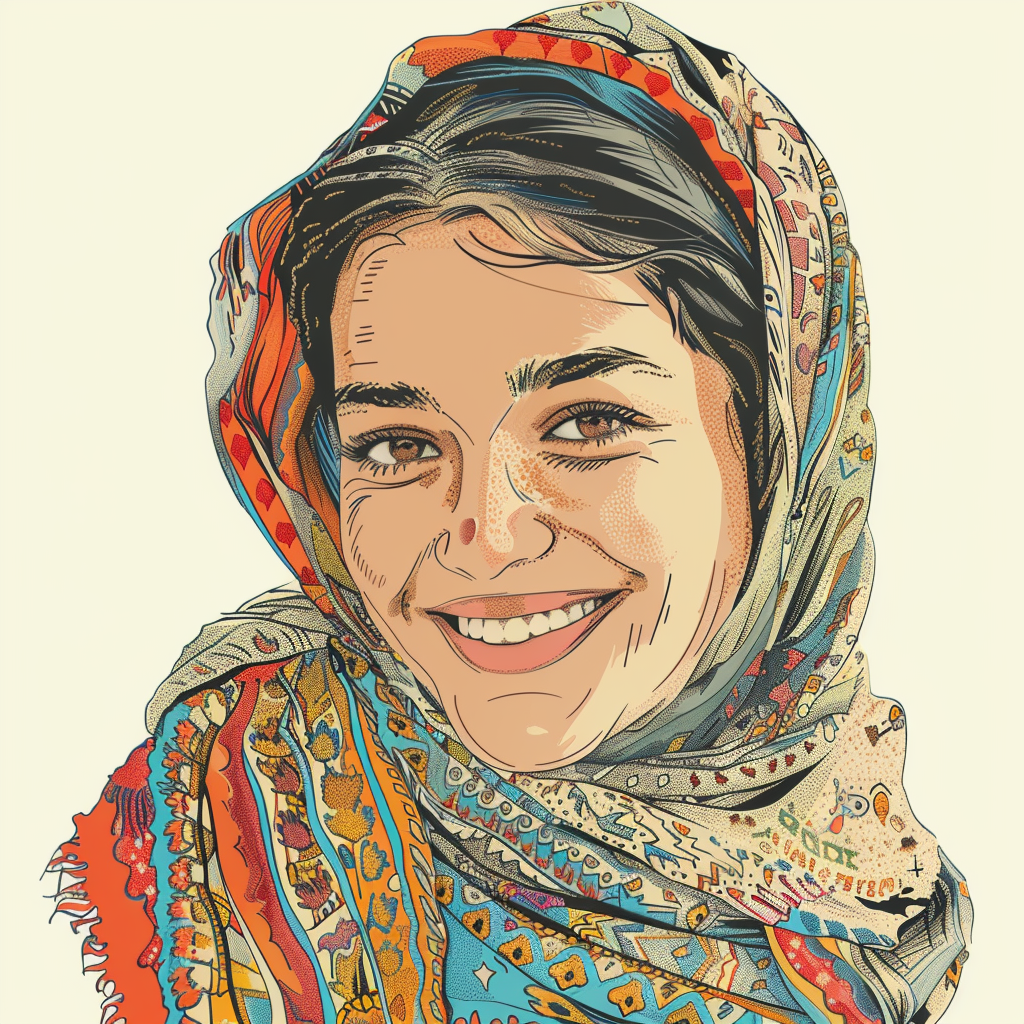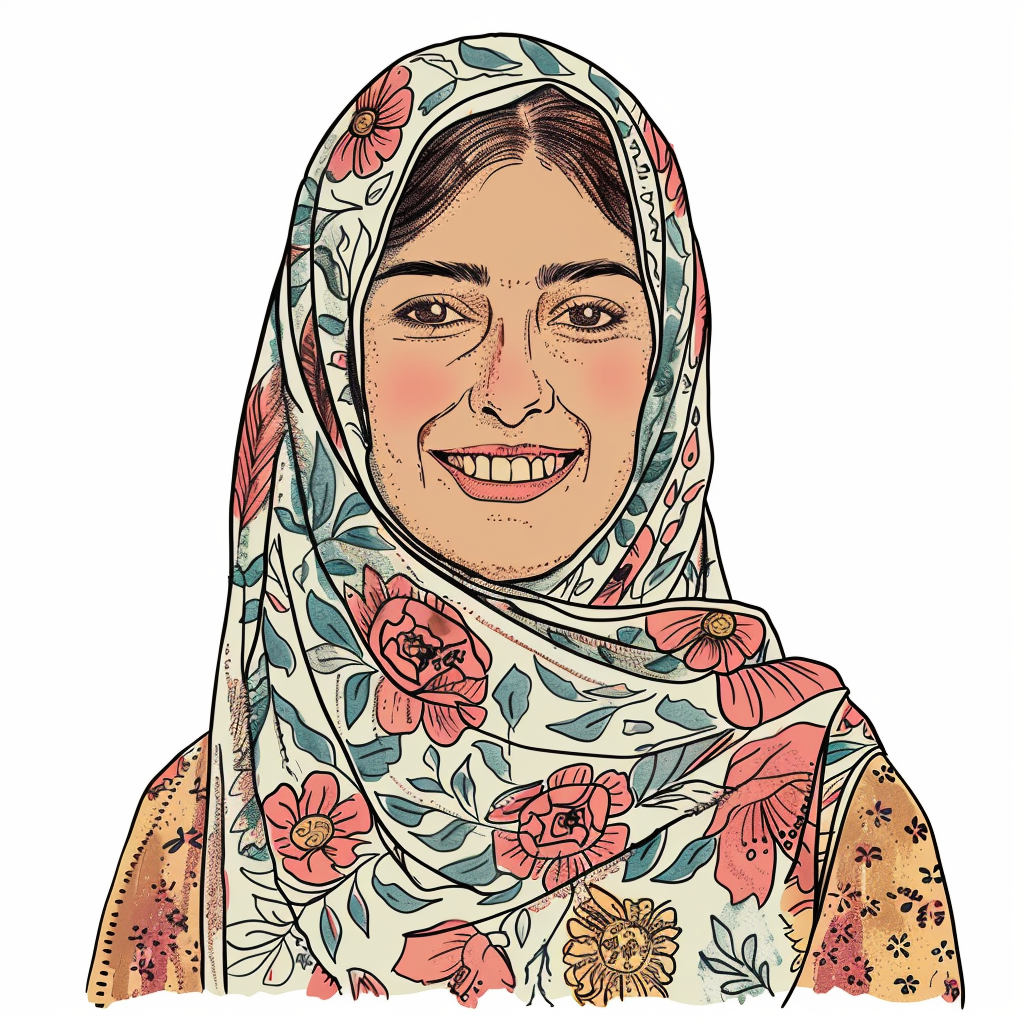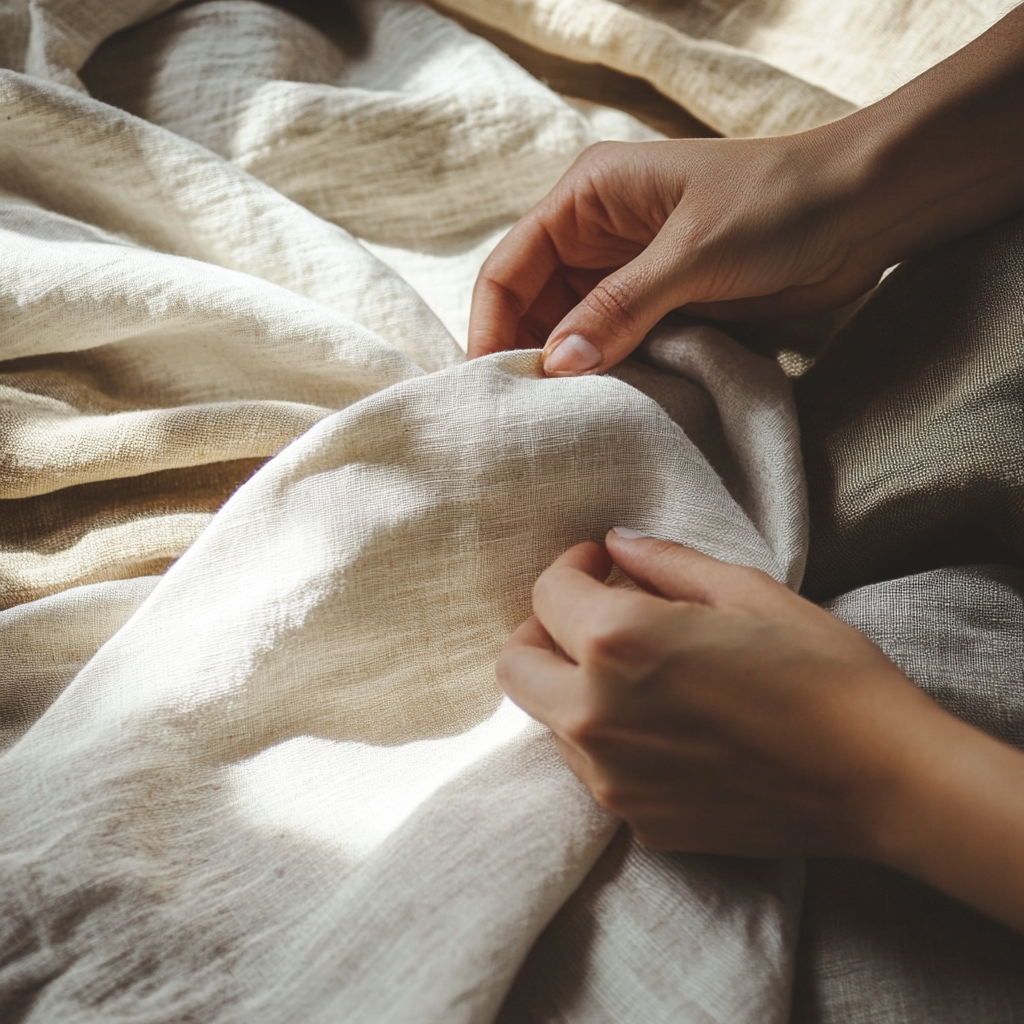
10 Powerful Reasons Why Sustainable Fashion Is the Future
Introduction to Sustainable Fashion
The days of fast-fashion frenzy—buy it, wear it twice, then toss it—are dwindling. Today’s Gen Z and Millennials crave purpose in every purchase, and Sustainable fashion answers that call. Rather than fueling landfill overload or supporting exploitative labor, this movement champions clothing designed to last, crafted to respect both people and planet. At UnitedWeave, we believe style shouldn’t cost the Earth. Here’s why sustainable fashion isn’t just a trend—it’s our future wardrobe blueprint.
What Is Sustainable Fashion?
At its essence, Sustainable fashion means creating and consuming clothing in ways that leave a minimal ecological footprint while maximizing social good. This involves rethinking every stage of a garment’s life cycle—from fiber cultivation and dyeing processes to fair labor practices and end-of-life recycling.
Definition & Scope:
Sustainable fashion covers eco-materials (like organic cotton or recycled polyester), ethical manufacturing, and circular models that keep textiles in use.Roots & Evolution:
Thrifting Renaissance: What began as thrifty treasure hunts now fuels a multi-billion-dollar resale market.
Eco-Certifications: From GOTS (Global Organic Textile Standard) to Fair Trade, labels help shoppers cut through greenwashing—see more at the GOTS website
The Environmental Impact of Fast Fashion
Fast fashion’s rapid production cycle might thrill trend lovers, but its toll is staggering:
Textile Waste: Over 92 million tonnes of garments are discarded annually—enough to fill the Empire State Building six times over.
Water Crisis: Conventional cotton farming consumes 2,700 liters of water per T-shirt, while toxic dye runoff poisons rivers.
Carbon Footprint: The fashion industry accounts for 8–10% of global greenhouse-gas emissions—more than international flights and maritime shipping combined.
Embracing sustainable alternatives slashes waste, curbs pollution, and conserves precious resources.
Social and Ethical Dimensions
Fashion’s human cost often hides behind glamorous storefronts:
Labor Exploitation: Low wages, unsafe working conditions, and excessive hours plague millions of garment workers, predominantly women in the Global South.
Community Impact: Ethical brands invest in fair-wage programs, educational initiatives, and artisan cooperatives—uplifting entire communities.
By choosing sustainably made pieces, consumers become allies in promoting social justice and economic empowerment.
Core Principles of Sustainable Fashion
H3: Circularity & Recycling
Circular design ensures garments can be repurposed or recycled at end-of-life. Key strategies include:
Design for Disassembly: Garments constructed with separable fibers are easier to recycle.
Take-Back Programs: Brands like Patagonia and Eileen Fisher accept old items, refurbish them, and re-sell or repurpose the fibers.
H3: Slow Production
Prioritizing quality over quantity combats the “churn and burn” model:
Limited Drops: Small-batch releases reduce overstock.
Artisanal Craftsmanship: Emphasizing handwork and traditional techniques enhances garment longevity.
Eco-Friendly Materials & Innovations
H3: Natural Fibers
Organic Cotton: Grown without synthetic pesticides, it uses 91% less water than conventional cotton.
Hemp & Linen: Fast-growing and low-impact, these fibers require minimal irrigation and no chemical fertilizers.
H3: Next-Gen Textiles
Recycled Polyester: Diverts plastic bottles from landfills, transforming them into durable fibers.
Lab-Grown Leather: Cultivated from animal cells—no slaughter required, but with all the strength and texture of traditional leather.
How to Build a Sustainable Wardrobe
H3: Thrifting & Upcycling
Thrift Stores & Vintage Markets: Unearth unique, pre-loved gems at a fraction of the price.
DIY Upcycling: Turn an old denim jacket into a statement piece with patches and embroidery.
H3: Capsule Wardrobe Strategy
Select Versatile Basics: A well-curated capsule of 30 pieces can create 200+ outfits.
Invest in Timeless Styles: Classic silhouettes outlast fleeting trends, saving money and resources.
Top Sustainable Fashion Brands to Watch
UnitedWeave proudly showcases these forward-thinking labels:
ReFormation: Known for chic silhouettes and transparent impact data.
People Tree: Pioneers in Fair Trade and organic textiles.
Veja: Sneaker innovators using wild-harvested rubber and recycled plastics.
Keep an eye on emerging startups harnessing blockchain for supply-chain transparency and 3D knitting to eliminate waste.
Benefits of Embracing Sustainable Fashion
Embracing Sustainable fashion yields a triple win—for the environment, your wallet, and personal well-being:
Environmental Gains: By choosing eco-friendly materials and circular designs, you help reduce water usage, carbon emissions, and landfill waste.
Economic Savings: Quality over quantity means fewer impulse buys and longer-lasting garments, which translate to long-term cost savings.
Personal Well-Being: Wearing thoughtfully crafted clothing fosters a deeper connection to your wardrobe, boosting confidence and mindful consumption.
Overcoming Challenges and Greenwashing
Navigating the sustainable landscape isn’t without hurdles:
Spotting Greenwashing: Look for verifiable certifications (e.g., GOTS, Fair Trade) and transparent impact reports. Beware vague terms like “eco-friendly” without clear backing.
Price vs. Value: Higher price tags often reflect fair wages, sustainable materials, and superior craftsmanship. Consider cost per wear rather than sticker shock.
Future Trends in Sustainable Fashion
The movement continues to evolve with groundbreaking innovations:
Biodegradable Synthetics: Researchers are developing polyester variants that break down safely in compost.
Fashion as a Service: Rental and subscription platforms (e.g., Rent the Runway) enable consumers to enjoy new styles without overconsumption.
Digital Passports: Blockchain-based tags will track each garment’s lifecycle—materials, manufacturing, and repair history—ensuring full traceability.
How UnitedWeave Champions Sustainability
At UnitedWeave, our ethos centers on authenticity and impact:
Rigorous Sourcing Guidelines: We partner only with suppliers who meet our strict environmental and social criteria.
Educational Initiatives: Workshops, webinars, and our blog empower our community to make informed choices.
Community Engagement: Through upcycling events and local artisan collaborations, we foster circular economies and cultural preservation.
Actionable Tips for Conscious Consumers
Care and Repair Hacks: Extend your garments’ lifespan by washing cold, air-drying, and repairing minor tears or loose seams.
Support Policy Change: Advocate for legislation like Extended Producer Responsibility (EPR), which holds brands accountable for end-of-life disposal.
Join Clothing Swaps: Host or attend swap events to refresh your wardrobe without buying new items.
Frequently Asked Questions
1. What makes a garment truly sustainable?
A sustainable garment uses eco-friendly materials, ethical labor practices, and circular design principles—ideally backed by recognized certifications.
2. How can I verify eco-labels?
Check for third-party certifications (e.g., GOTS, Fair Trade, OEKO-TEX) and review brand transparency reports available on their websites.
3. Is thrift shopping really eco-friendly?
Absolutely—reselling or upcycling pre-loved items diverts textiles from landfills and reduces demand for virgin resources.
4. Can sustainable fashion be affordable?
Yes. Building a versatile capsule wardrobe and shopping second-hand can yield high style at lower costs than fast-fashion splurges over time.
5. How do rental services work?
Platforms like Rent the Runway offer subscription models for borrowing garments. After use, items are professionally cleaned and rotated to the next user, maximizing each piece’s lifecycle.
6. Will lab-grown leather replace animal hides?
Lab-grown leather shows great promise for reducing animal agriculture impacts. Scalability and cost remain factors, but investment is accelerating research and adoption.
Conclusion
Sustainable fashion is more than an aesthetic—it’s a conscientious choice that shapes our planet’s future. From eco-innovation and ethical labor to circular business models and consumer empowerment, the movement offers practical pathways for positive change. As Gen Z and Millennials champion purpose-driven style, UnitedWeave stands ready with curated, transparent collections and community initiatives. Join us in redefining fashion’s footprint—because together, we weave a more sustainable world.
